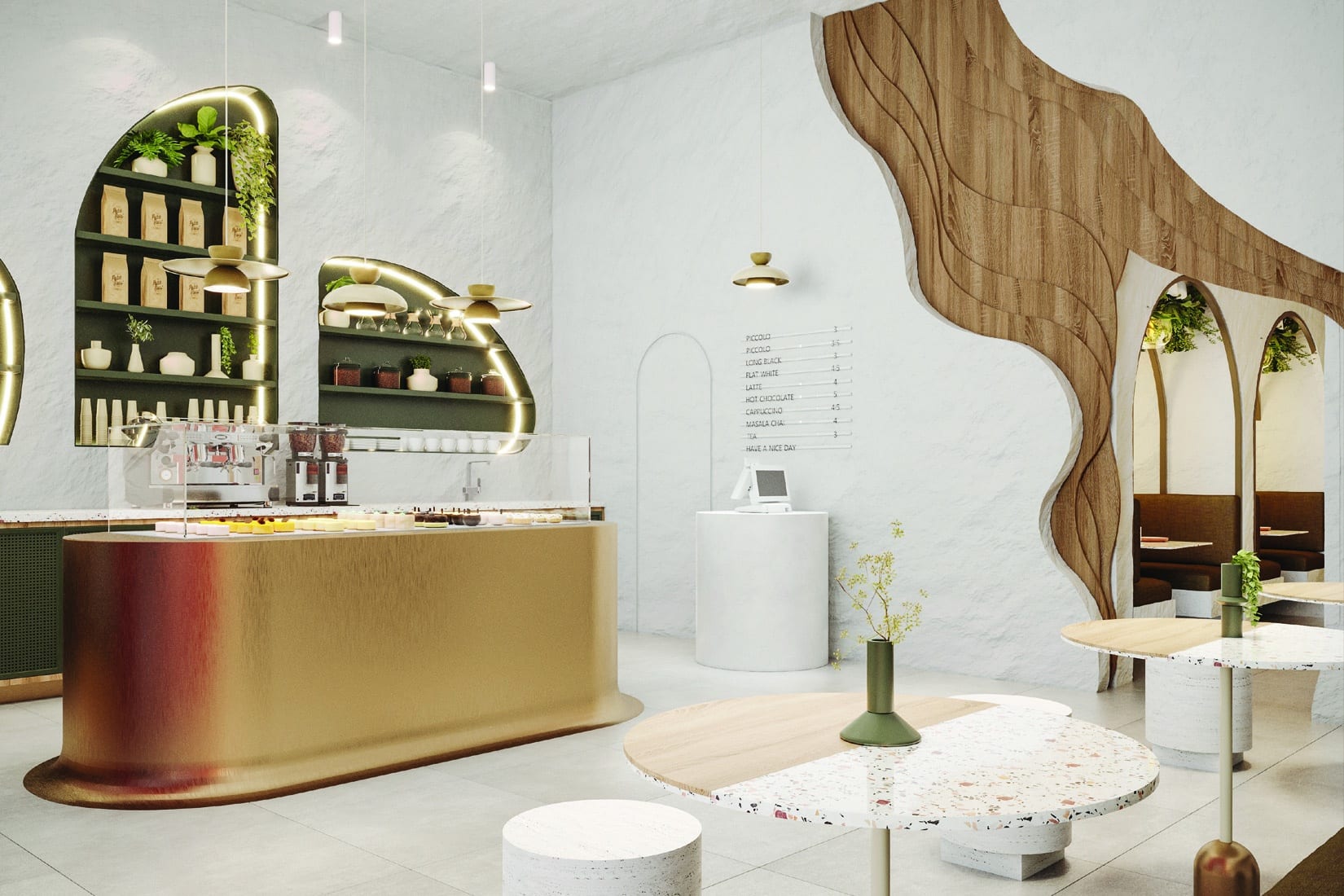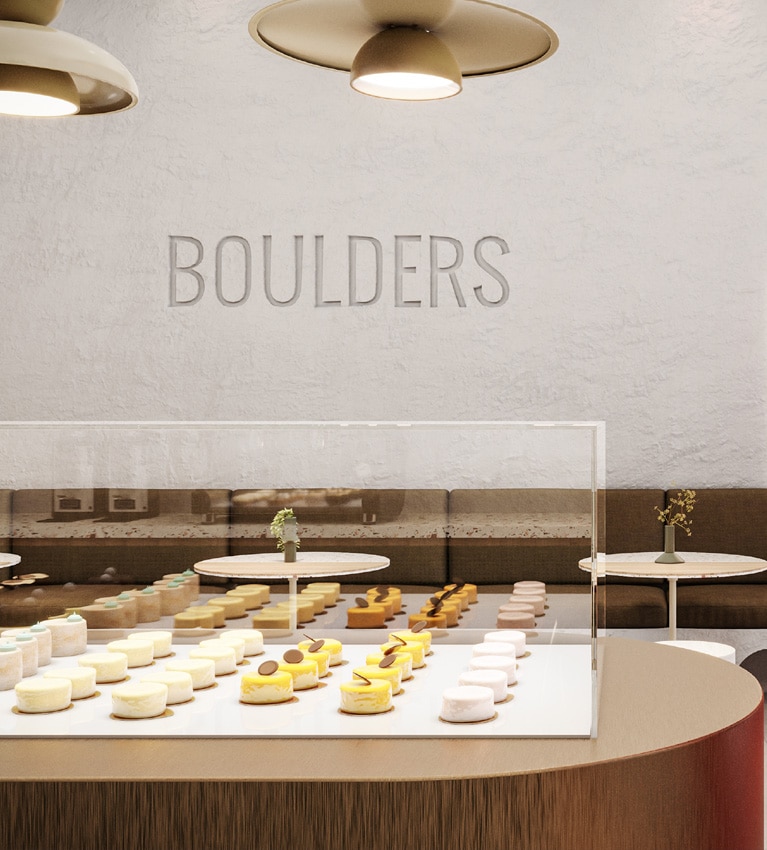
Interior Branding: Benefits for your Brand

Michelle Muscat, President of ACE speaks about her Mission in Malta’s F&B Industry
August 16, 2022
Solving the Industry’s Staff Shortage, One Robot at a Time
August 17, 2022Interior Branding is an approach to a company’s physical space as an opportunity to convey the brand essence to its customers. It’s a storytelling process that translates the brand personality into a tangible space that has the utmost goal of creating a true brand experience.
Simply put, interior branding is a tool to influence how your customers feel about your brand and interact with its physical space. How do you want your customers to feel inside of your premises? The second they step into your hotel, restaurant, bar or coffee shop, they form an impression about your brand. Your interior space is full of opportunities to reinforce your core values and engage with your guests. A nicely decorated interior, without any strategy behind it, isn’t enough to connect and make them live a remarkable brand experience.
Interior Branding can impact guests in non-obvious ways. Without saying a word you can influence what they think about your brand, the duration of the visit, how people interact with each other, which type of groups visit your space, how they dress up for the visit, how they feel during the stay, how much money they spend... the possibilities are endless. The sum of every single item present in the interior, the furniture, signage, temperature, the music that is playing, signature fragrance, food and beverages served, quality of the service offered, everything from the micro to the macro communicates a message to your customers.
A smart brand positioning manages to convey the same message throughout all these interior elements. It is the consistency in the communication that will make the client remember your brand and all feelings associated with it. Not only in the interior space but in all other touchpoints, like websites, social media, email marketing, etc.
Rather than replicating the brand colours in the furniture and adding repetitions of the logo throughout the space, the Interior Branding process strives for a far deeper connection between the brand and its customers. This connection is achieved through meaningful interactions at every touchpoint the client will have with the space. Some elements will affect them directly, while others won’t even be noted as something impacting their feelings.

Which characteristics describe your brand? Is your brand elegant, playful or modern? Each of these adjectives would create a completely different experience. Translating intangible brand characteristics into textures, furniture, light features, sounds, smells and more is not an easy task. It requires a visioning exercise to associate these keywords with descriptive imagery. When you welcome a guest, you have a chance to offer an experience that impresses all their senses.
This multisensory journey is the key to a remarkable experience. Interior Branding alone is not responsible for its success as the quality of the services and the products you offer also play an important role in it. Although, if done correctly, Interior Branding can create the stage for your brand to succeed. Different textures can evoke different emotions. At all times your guests are in direct contact with the materials in the interior. For example, when they sit at the table, sip a cocktail, lay down on the bed, hold the railing of the staircase, are handed the bill... it is up to you to decide what you want them to feel in each of these interactions.
The colour palette of the interior goes hand in hand with the lighting. These two features can influence the mood considerably. Bright colours paired with strong lighting can create young, energetic and fun environments, while dark tones with low lighting can create a mysterious and exclusive atmosphere. The sense of smell is our strongest sense. No surprise big brands spend thousands to create a signature scent. Aromas can trigger feelings of comfort, relaxation and nostalgia, among others.
Often dismissed, the sense of hearing is also relevant when creating an experience. The right playlist and volume can make waiting for a table or order less stressful, add privacy to a conversation and make the client stay for longer or less time. On the other hand, the wrong playlist can completely ruin the experience for your customer.


The sense of taste is associated with F&B establishments but it should be explored further than that. You can impress your guests with a tasty treat and associate the taste with your brand - especially in situations or environments when they least expect it.The reality is that the services or products you offer alone are not enough to set you apart from the competition.
Interior Branding is a powerful tool to differentiate your company by creating a unique brand experience according to its values. Positive experiences add value to your brand, increase social posts and are always an invitation for customers to go back and live the experience again.

Bruna Rodrigues
Founder and Designer at Inpar Hospitality Concepts
Click here to see Horeca Issue 8 online



